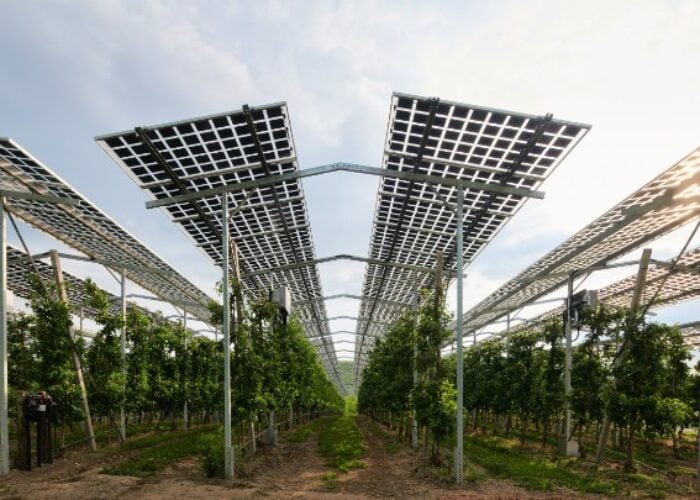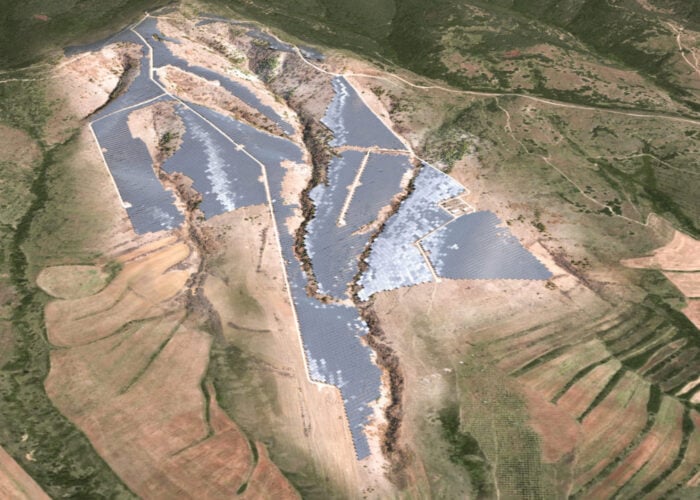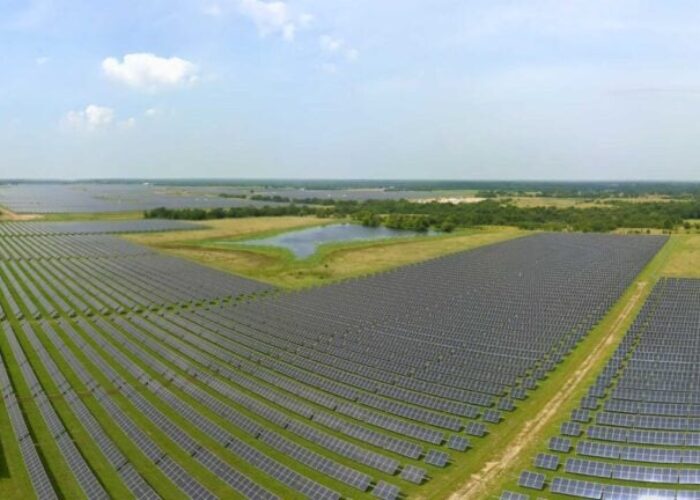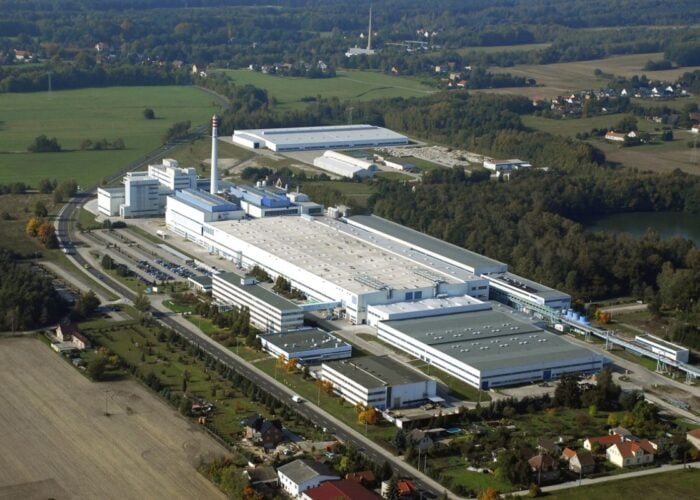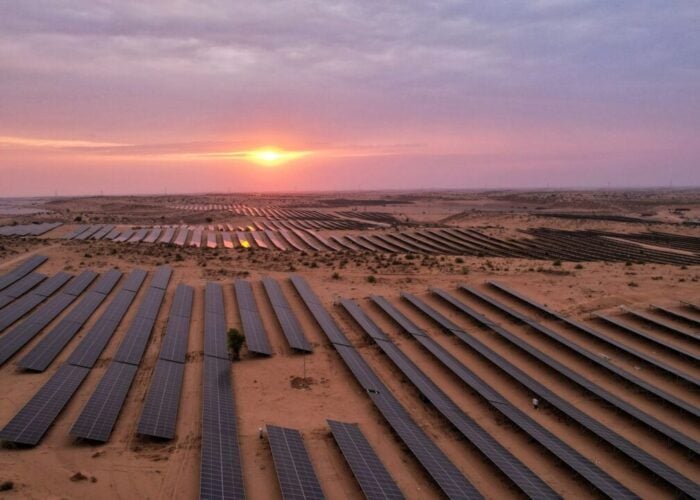A preliminary decision to stop Brightsource from converting the planned 500MW concentrating solar power (CSP) project from a trough system to towers, will be upheld or quashed today.
A meeting of the California Energy Commission (CEC) in Sacramento could back its preliminary decision and deal a huge blow to CSP towers in the US.
Unlock unlimited access for 12 whole months of distinctive global analysis
Photovoltaics International is now included.
- Regular insight and analysis of the industry’s biggest developments
- In-depth interviews with the industry’s leading figures
- Unlimited digital access to the PV Tech Power journal catalogue
- Unlimited digital access to the Photovoltaics International journal catalogue
- Access to more than 1,000 technical papers
- Discounts on Solar Media’s portfolio of events, in-person and virtual
Palen was originally approved as a parabolic trough project. But when it changed hands, the new joint venture between Abengoa and BrightSource asked to convert the application for the site.
The main difference cited in the preliminary decision was the “the solar power tower technology’s introduction of solar flux danger to avian species”.
The company has submitted a range of proposals to deter birds from the site but opposition remains.
The applicant’s representative Galati | Blek LLP filed a summary of potential bird deterrent techniques. The suggestions range from balloons and cannon blasts to drones, falconry, pyrotechnics and radar-based “detect-and-deter” systems.
Almost five years after Palen’s first application was lodged with CEC, what appeared to be an unfortunate but minor side effect of CSP towers could now topple them.
If CEC is happy that a suite of bird-deterrents suggested by Galati | Blak (bird “tear gas” and a “Bird Strike Defence Robot” deserve an honourable mention) can indeed address what it called an “unmitigable” problem, the new plans could be passed.
Palen is of course not the first such development in the US and not the first to be found affecting birds nor the first to be affected by planning issues.
The US Fish and Wildlife Service (USFWS) told local press in California that it planned to step up monitoring of CPS installations, particularly around the Pacific Flyway, a migratory path that includes much of the western third of the US.
According to the USFWS, in a six-month period it found 233 bird carcasses at three solar energy sites; 250MW Genesis, 550MW Desert Sunlight and the 392MW Ivanpah, solar farms in Riverside County, California.
Ivanpah received a huge amount of media coverage at the time of its full launch with spectacular photography of the site filling the mainstream press. Shortly afterwards that coverage turned sour as grisly photographs of charred birds emerged.
USFWS has suggested shutting down plants during the migratory season.
Conservation group the National Audubon Society, has had its say ahead of the hearing. It is perfectly satisfied with the original trough proposal but backs the commission’s decision to refuse the new twin CSP tower plans.
Lawyers representing the Colorado River Indian Tribes have called data on bird deaths provided by Palen as “potentially misleading” and “preliminary”. The group maintains its opposition to the amendments.
The problem of bird mortality had been an unfortunate side effect of early projects that were built. Now it could be a major roadblock for those in development.
A high-profile decision by the CEC that rules against Palen’s plans despite its best efforts to mitigate for the problem, could close the Pacific Flyway to CSP towers and send the industry back to the trough.
A previous version of this story incorrectly identified Desert Sunlight PV solar farm as a CSP project.


